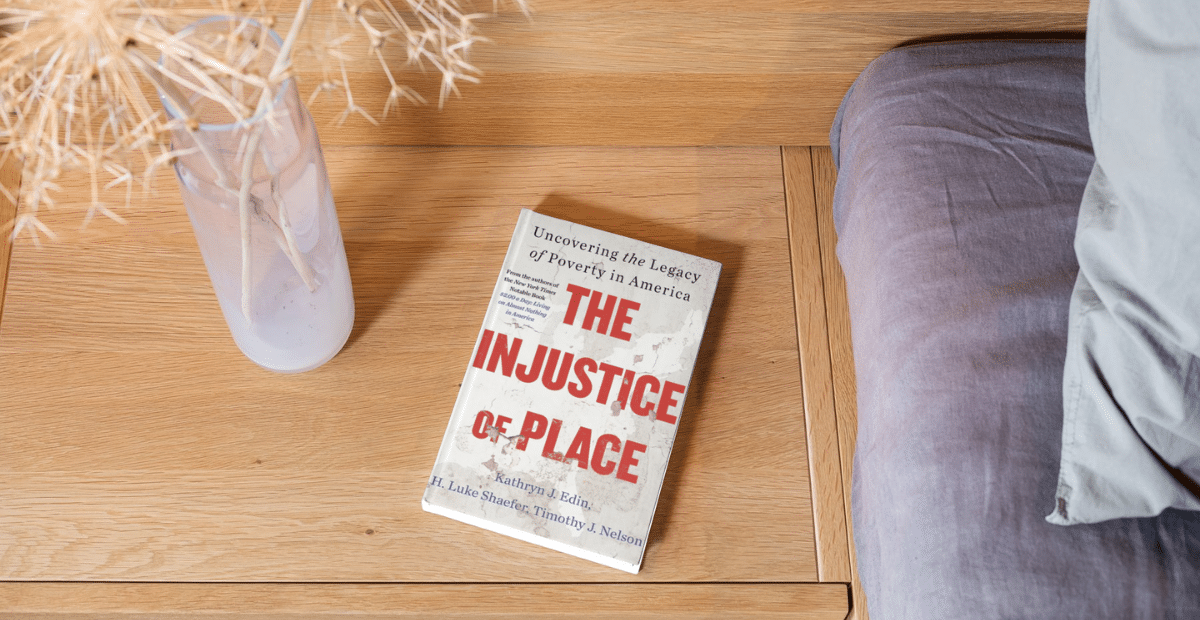View this Publication
This report, “The Rural Disadvantage: Growing Income Disparities Between Rural and Urban Areas,” by Scott Barancik of the Center on Budget and Policy Priorities (April 1990), discusses the widening income gap between wealthy and other Americans, and how this trend disproportionately affects rural areas. Key takeaways:
- Widening Income Gap: Since the early 1970s, income disparities between the rich and the poor, and between the rich and middle-income families, have significantly increased. In 1988, the richest fifth of families received 44% of national family income (a record high), while the middle fifth received a record low 16.7%, and the poorest fifth received 4.6% (tying for the lowest since 1954). Federal tax policies in the 1980s further exacerbated this trend, with tax burdens increasing for low and middle-income families and declining for upper-income families.
- Rural-Urban Disparity: The growing income gap between wealthy and other Americans has a distinct impact on rural areas because a vast majority of rural residents have low or moderate incomes, while only a small fraction have high incomes. In 1987, only 11% of rural households were in the most affluent fifth of American households, compared to 23% of urban households. Conversely, 26% of rural households were in the poorest fifth, compared to 18% of urban households. This has led to a widening income differential between rural and urban areas, with per capita income in rural areas falling from 77% of urban areas in 1979 to 73% in 1987.
- Impact of Legislative Proposals: The report analyzes several legislative proposals from 1990 that would primarily benefit wealthier Americans, arguing that these would disproportionately benefit urban residents and further widen the rural-urban income gap.
- Capital Gains Tax Cut: More than 94% of the benefits would go to the top fifth of taxpayers, with the wealthiest 1% receiving approximately 66%. Since urban areas are home to nearly nine-tenths of the top fifth of U.S. households, urban residents would receive the majority of these benefits. The proposal would also lead to significant revenue losses, potentially offset by spending cuts or tax increases that would harm low and middle-income households, and by extension, rural areas.
- Expanded IRA Tax Breaks: Around 95% of the tax benefits would accrue to the top fifth of taxpayers, with the richest 3% collecting nearly one-third. Due to the scarcity of high-income individuals in rural areas, urban residents would gain significantly more. This expansion would also result in substantial revenue losses, creating a similar risk of income transfer from rural to urban areas.
- Family Savings Accounts: These accounts, designed to provide tax-free interest on deposits, would primarily benefit higher-income taxpayers who have enough income and assets to make significant deposits. These proposals would also lead to revenue losses, again creating a potential for income transfer from rural to urban areas if financed by tax increases or spending cuts affecting low and middle-income individuals.
- Conclusion: The report concludes that the analyzed legislative proposals would primarily benefit the wealthiest fifth of taxpayers, largely concentrated in urban areas, while providing little to middle and poor income groups. The resulting revenue losses, if financed by measures burdening low and middle-income taxpayers or programs, would exacerbate existing income disparities between the wealthy and other Americans, and between urban and rural areas








